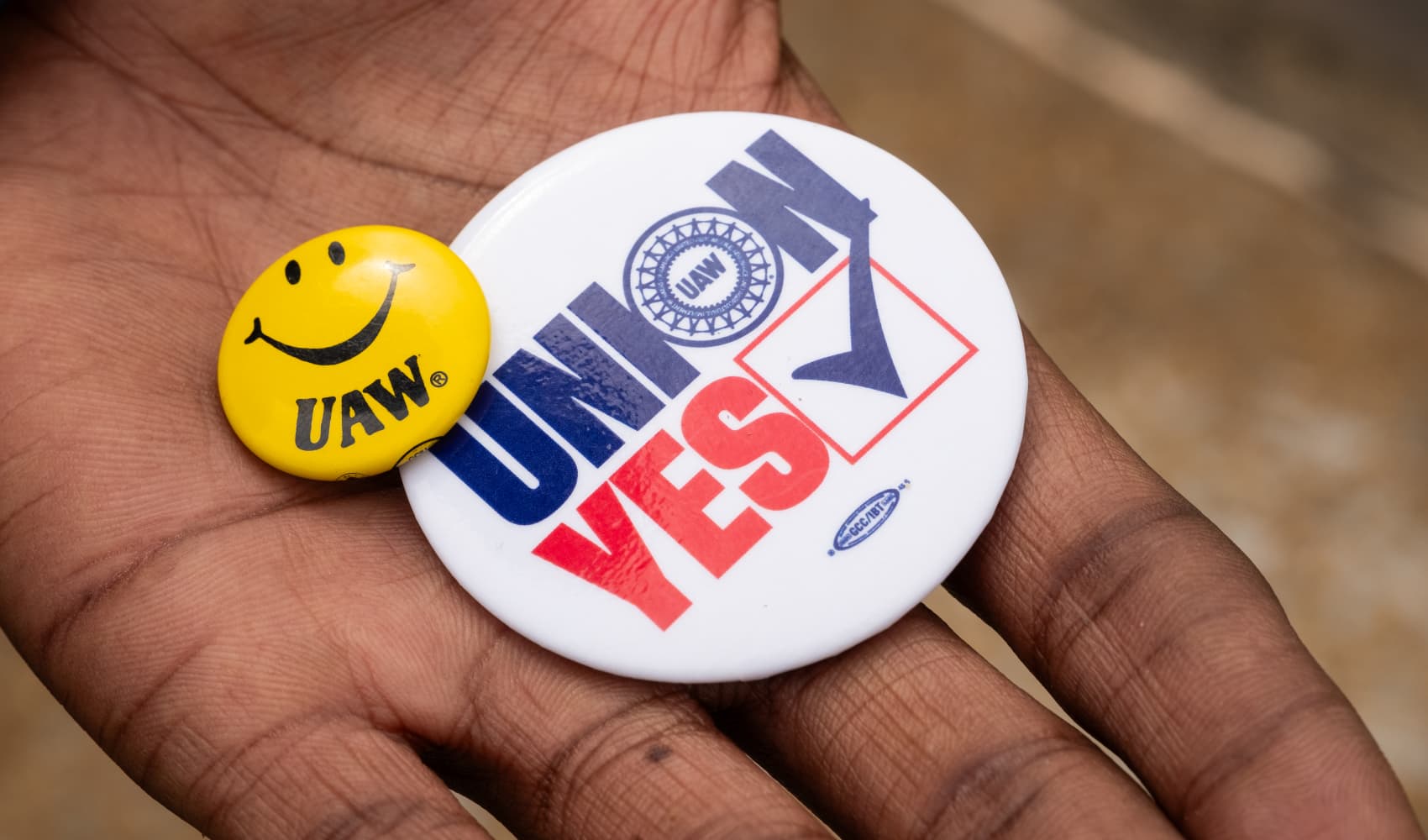The view from the sidelines during the market's four-week rally wasn't pretty, and it may be a while before investors will see those kinds of gains again.
Until first-quarter earnings paint a more detailed picture of corporate America's health, there seems to be little that could drive a rally the likes of the 21 percent gain the Dow saw during the previous four-week period.
"We've had an extremely strong rally off the lows. A pause is in order," says Richard Sparks, senior analyst at Schaeffer's Investment Research in Cincinnati. "Earnings season coming up is a logical place for investors and traders to take a breather where they can decide to commit any more funds."
Indeed, the mad rush higher has provided analysts an opportunity to examine the precarious state of the markets. Stocks reacted Monday with a selloff on low volume that indicated investors are taking in the market climate with some hesitation.
Here, then, are four key observations:
1. You Snooze, You Lose
Investors caught hoarding cash missed not only a huge rally on the Dow but also a 25 percent gain on the Nasdaq—the tech gauge's best four-week move ever—and a nice 23 percent pickup on the Standard & Poor's 500.
U.S. & World
The volatility of such a bear market points to the importance of never being totally out of the stock market.
"I've never felt that one should be out of the market completely," says Diane de Vries Ashley, managing partner at Zenith Capital Partners in Coral Gables, Fla. "It's awfully hard to figure out how you're going to get another 22 percent rise just in general, nevermind in these kinds of markets. It feels a little bit like this was a gift from God."
While portfolio managers certainly have been reducing their clients' exposures to stocks, those who at least kept some stake of equities say these types of rallies are perfect examples of why investors need to stay diversified.
2. Get Ready for the Next Rally
The good news is that after one rally has faded, the next is out there on the horizon somewhere. With stocks losing more than half their value over the past year and a half, market pros say investors need to start preparing for a long-term move back up.
"If someone is looking to make gains, they should get in now," says Randy Carver, president of Carver Financial Services and an advocate of the three- to five-year investment window. "You could go lower before you go higher, but I wouldn't want to wait. As you saw last month, people on the sidelines missed 20-plus percent. That's tough to get back."
The general sentiment is against being overly aggressive with stocks. But at the same time, that old refrain about the market being the best money-maker over the long term is slowly returning.
"You need to have some caution, but you truly need to have toes in the water," Ashley says. "If you are an investor and a fundamental believer that where you're going to get the best bang for the buck is in the equity market, then you need to be taking a very close look on a regular basis. There are opportunities and there are good ones, but remember to take some money off periodically. Greed is not good."
3. Sell Some of Your Winners
Indeed, the most successful investors know when to pull back, but not all the way back.
That means now may be a good time to take some profits after getting hammered during the sustained and painful bear market that has accompanied the credit crisis.
"It doesn't make sense to let everything ride," Ashley says. "Some things are of such good quality you want to hold onto them, but not everything is. A little judiciousness and you'll get there."
Economic stormclouds are what trouble most market pros.
Unemployment that is likely to top off above 10 percent, the continued struggle for housing to find a bottom and uncertainty over whether government programs will work all pose significant dangers that are likely to make stock trading choppy for months ahead.
"The government is trying a lot of things and they're throwing a lot of potential solutions out there," Sparks says. "How many of them are going to work and work as well as they want remains to be seen. I'm willing to take a look and give it a chance--with a does of healthy skepticism."
4. What Earnings May Tell You
The recent rally owed much of its impetus to a rash of government programs aimed at improving liquidity in the banking sector. The culmination appeared to come with the long-sought near-vanquishing of the mark-to-market accounting rules that banks said it made it nearly impossible for them to find buyers for their toxic assets.
But the government's bag of tricks may finally be empty, and now it will be left to see what triggers the next rally. If better-than-expected earnings combine with residual effects of government programs, that could provide a big boost to the market.
"Generally, real stimulus takes 12 to 18 months to kick in, and if we look at interest rates being cut in the summer of '08 and the TARP coming out in the fall of '08, that would imply the summer '09 to the fall of '09 to get a sustained kind of rally," Carver says. "Earnings are important...The sentiment is changing to one of capitulation, where it's bad but it's going to get better."
Slideshows on CNBC.com
- Companies at Greatest Risk of Default
- Wackiest Tax Deductions
The market mood regarding earnings is generally downbeat, but that pessimism could work in stocks' favor.
"The earnings are not going to be particularly pretty, but I don't think anyone is expecting them to be, in any sector," Ashley says. "There are companies that are actually making some money legitimately, and as the stimulus goes into effect there may be a great deal more, so it's time to get in."
Until then, the market is likely to move sideways.
"The recovery, when it does happen, will be more like a 'V' than a 'U' because there's so much money on the sidelines," Carver says. "When we saw last month is not a sustainable thing. We'll to up and down probably into late summer."For more stories from CNBC, go to cnbc.com.



